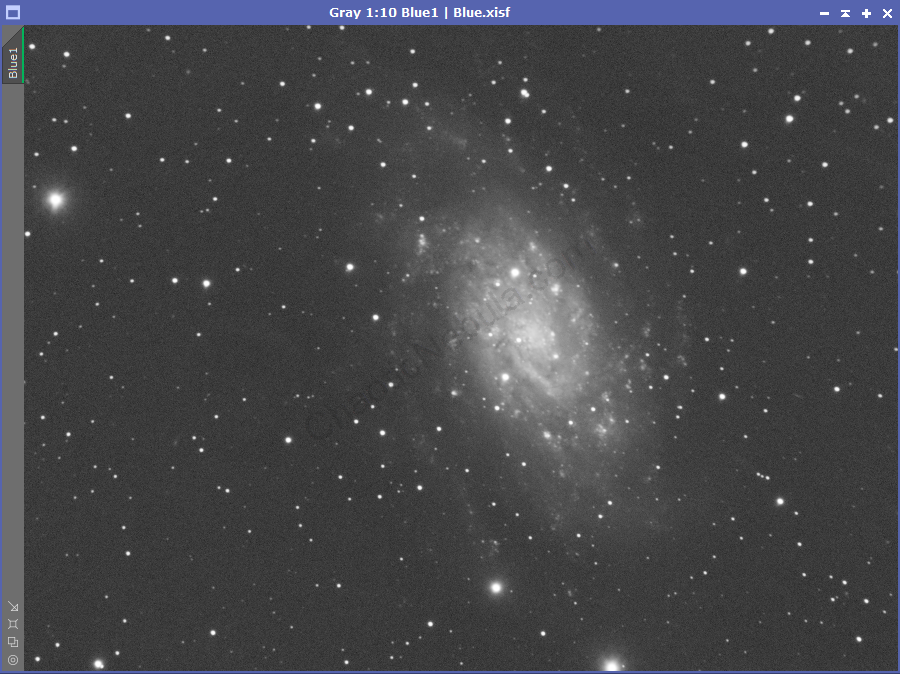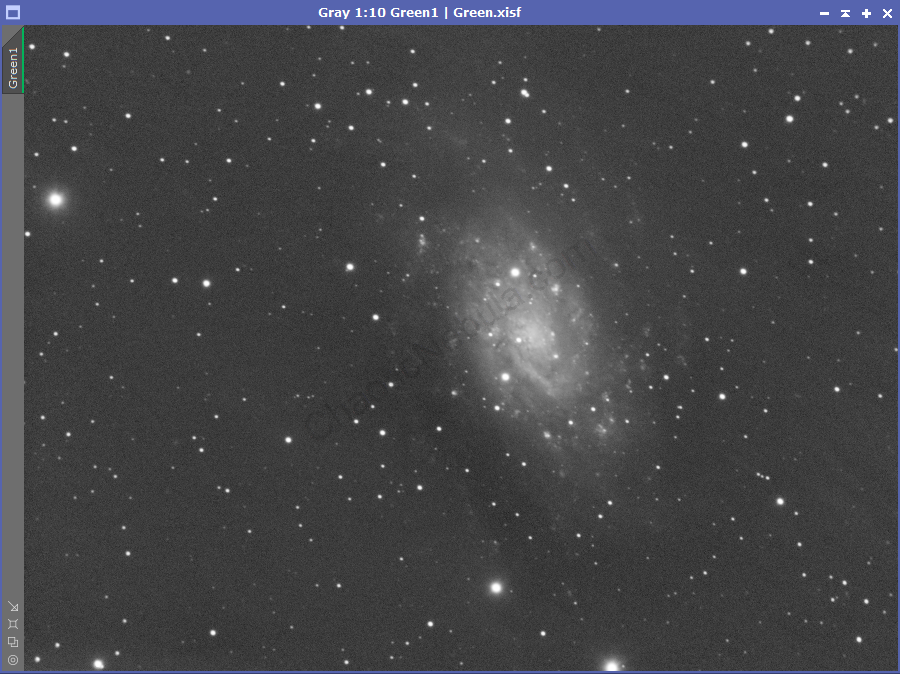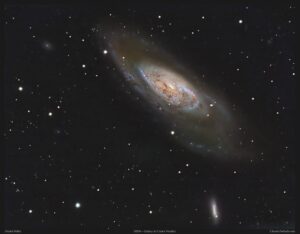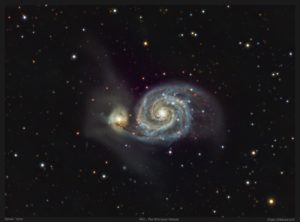The galaxy NGC 2403 (Caldwell 7), doesn’t have a special name. It isn’t flashy like M51 – The Whirlpool Galaxy or M63 – The Sunflower Galaxy, but it is fairly close to our Milky Way Galaxy. It lies 8 million light years away. Many of the redder areas of the galaxy are active star forming regions, which show up with a hydrogen-alpha filter.
NGC 2403 is a member of the M81 Local Group of galaxies, which includes the galaxies M81 and M82 in Ursa Major.
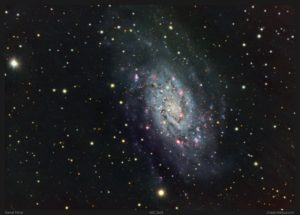
Imaging Details
- Processing Workflow: LRGB+HA
- Red: 30*600 seconds
- Green: 30*600 seconds
- Blue: 30*600 seconds
- HA: 30*600 seconds
- Total Imaging Time: 20 hours
- Imaging Dates (6 nights):
- 2/26/2022
- 3/7/2022
- 3/9/2022
- 3/11/2022
- 3/26/2022
- 3/27/2022
Imaging Workflow
I utilized the my LRGB+HA workflow, which also includes an improved Luminance workflow. This allowed me to slightly brighten the fainter areas at the top of the galaxy and a galaxy arm off of the bottom of the galaxy.
This new luminance workflow first removes the stars before focusing the stretch on the fainter areas of the galaxy. The stars are added back in after the luminance is integrated with the RGB image.
Location
NGC 2403 is in the constellation Camelopardalis. It is on the edge of Ursa Major, which contains the galaxies M81 and M82. These galaxies are members of the same galaxy group, bound together by gravity.
Imaging Notes
I typically like to acquire 10 hours of data for each color channel. However, I started imaging this galaxy late in the season and was only able to capture 1/2 of what I normally like to do. Regardless, the results came out quite well.
The addition of the Hydrogen-alpha data provides some nice red details to this active galaxy.
